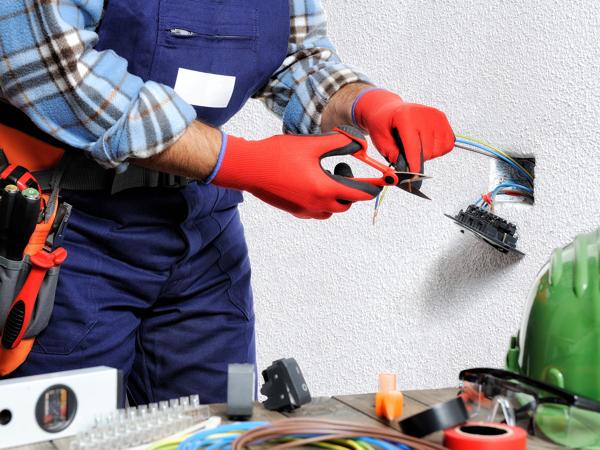As electric vehicles (EVs) become more integrated into our daily lives, understanding the ins and outs of home charging can enhance the convenience and cost-effectiveness of such technology. Charging your EV at home can be a straightforward process with the right knowledge and tools.
Understanding the Basics of EV Charging
There are different levels of EV charging, each offering various speeds and levels of convenience:
Level 1 Charging: This uses a standard 120-volt household outlet and is often referred to as trickle charging. It's generally the slowest method, adding approximately 4-5 miles of range per hour. It might be sufficient if you drive short distances daily and can plug in overnight.
Level 2 Charging: This requires a dedicated 240-volt outlet, similar to what an electric clothes dryer uses. Level 2 chargers can add 15-30 miles of range per hour, making them much faster than Level 1 charging. Many EV owners prefer this setup for home use.
Level 3 Charging: Known as DC Fast Charging, this is not typically something available in a residential setting due to the high power requirements and costs. It is more commonly found at public charging stations and can charge an EV to 80% in about 30 minutes.
Setting Up Home Charging
Installing a home charging station usually involves certain upfront considerations:
Electrical Panel Capacity: Ensure your home’s electrical panel can handle the additional load of an EV charger. Consulting a qualified electrician is advisable.
Installation Costs: The cost can vary based on your home's existing electrical infrastructure and the distance from the electrical panel to the charging location.
Rebates and Incentives: Some utility companies and governments offer rebates or incentives for installing home charging equipment. It's worth researching to potentially offset costs. Understanding Electric Car Tax Credits
Choosing the Right Charger
When selecting an EV charger, you’ll want to consider factors such as:
Compatibility: Make sure the charger is compatible with your EV model. Most EVs use a standard connector type, but double-checking is wise.
Smart Features: Some chargers come with Wi-Fi connectivity, allowing you to schedule charging sessions during off-peak hours to save on electricity bills.
Portability: If you travel or relocate often, a portable Level 2 charger might be a flexible option.
Practical Tips for Efficient Home Charging
Charge Overnight: Take advantage of off-peak electricity rates by charging your EV overnight. Many utilities offer time-of-use plans to help reduce costs.
Monitor Usage: Use smart charging apps or devices to monitor energy usage to monitor your electricity usage and charging progress, receiving alerts when charging is complete or if there are any issues.
Regular Maintenance: Regularly check the charging equipment for wear and tear to ensure everything operates safely.
Examples and Experiences
John, an EV owner from California, shared how his Level 2 home charger has been convenient for his 40-mile round-trip daily commute. By plugging his car in at night, he never worries about running low on battery. He mentions finding a significant reduction in his "fueling" costs compared to when he used a gas-powered vehicle. This is a great example of the benefits of electric cars.
Similarly, another EV enthusiast, Lisa, utilizes her charger's smart scheduling feature to align her charging times with low-demand periods, seeing noticeable savings on her electric bill.
Conclusion
Charging your electric car at home is a practical adaptation that can simplify your vehicle's maintenance and potentially save you money over time. While setting up might involve some initial investment and research, the benefits for everyday usage are valuable. As this technology continues to evolve, staying informed about the latest developments can help you make the most out of your smart lifestyle with technology.
For more tips and resources, don't hesitate to reach out to local utilities or online communities of EV owners who are often eager to share advice based on their experiences.




